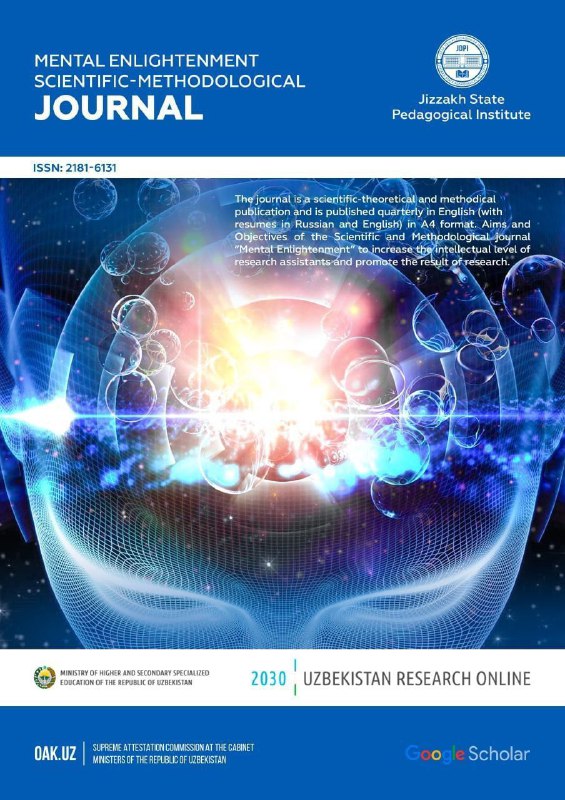Аннотация
The theory of agglutination is actually one of the hypotheses of the origin of inflectional forms in the Indo-European languages, according to which the person-numbers and possessive forms of the verb are formed from independent pronouns, and they are attached to the stem, and the suffix (affix, suffix) grew from the primary aspect turning into morphemes. The complete formation of the comparative historical method in Western linguistics, which forms the basis of the theory of agglutination, dates back to the first quarter of the 19th century. During this period, the works of Franz Bopp (1791-1867), Rasmus Rask (1787-1832) and Jacob Grimm (1785-1863), leading representatives of comparative studies, were published, which laid the foundation for the further development of language science. the science. Although the theory of agglutination is a product of Indo-European linguistics, when it became clear that true agglutination is a characteristic of the languages belonging to the Altaic language family, including the Turkic languages, the theory of agglutination was mainly based on the morphology and morphemics of the Turkic languages and became the theoretical and methodological basis of research by morphemic.
Как цитировать
Библиографические ссылки
Bopp F. Comparative grammar of Sanskrit, Zend, Armenian, Greek, Latin, Lithuanian, Old Church Slavonic, Gothic and German (extract) // Reader on the history of linguistics of the 19th-20th centuries. -Moscow: Gosuchpedizdat, 1956. –P.30-36.
Grimm Ya. On the origin of language // Reader on the history of linguistics of the 19th-20th centuries. / Comp. V.A. Zvegintsev. - M., 1956, p.59-61.
Humboldt V. On the differences in the structure of human languages and its influence on the spiritual development of the human race // Reader on the history of linguistics of the 19th-20th centuries. – Moscow: Science, 1956. –S. 68-86.
Eltazarov J.D. The history of the study of word groups in Uzbek and world linguistics. -Samarkand: Silk Road, 2021. -168 B.
Nemtsovich R.M., Shaikevich A.Ya. History of linguistics. A manual for part-time students. II. – M., 1982. -127 C.
Zakharova Yu. G. Comparative and historical linguistics: a textbook for practical classes / Yu. G. Zakharova. - Khabarovsk: Pacific Publishing House. state Univ., 2018. pp. 27-28.
Potebnya A.A. From notes on Russian grammar. vol. I-II. -M.: Uchpedgiz, 1958. – 536 p.
Potebnya A.A. From notes on Russian grammar, T.III. -M.: Uchpedgiz, 1958. – 551 p.
Schleicher A. Darwin’s theory as applied to the science of language / Reader on the history of linguistics of the 19th-20th centuries. – M., 1956. – P. 98-104.
Thomsen V. History of linguistics until the end of the 19th century: A brief overview of the main points. Per. with him. Ed. stereotype. URSS. 2021. - 126 C.
Voloshina O.A. Friedrich Schlegel and Franz Bopp (inflection and agglutination as two trends in the development of the Indo-European word). Bulletin of Moscow University. Ser. 9. Philology. 2014. No. 1. P. 33-47.
Авторы
Gulmera Kuchimova
Jizzakh State Pedagogical University
Ключевые слова:
agglutination theory, Indo-European linguistics, comparative historical method, Franz Bopp, Rasmus Rask, Jakob Grimm, Turkology, Uzbek linguistics.Выпуск
Раздел: Статьи
Copyright (c) 2023 Журнал иностранных языков и лингвистики

Это произведение доступно по лицензии Creative Commons «Attribution-ShareAlike» («Атрибуция — На тех же условиях») 4.0 Всемирная.


